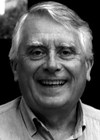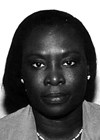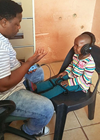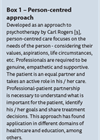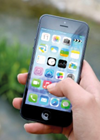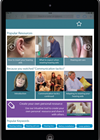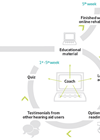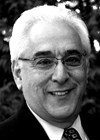Audiology features
What do animal models tell us about tinnitus and hyperacusis?
Do animals have tinnitus? The obvious question to ask is: do animals have tinnitus? It is known that tinnitus is a conscious percept and as such affected by attention and not audible during sleep. For it to be demonstrated that...
Hearing care systems – European examples
In this article, Vice President of the European Federation of Hard of Hearing, Lidia Best, explores the drivers for improvement and change in European hearing care systems. In 2010, the European Committee for Standardization (CEN) issued the EN-15927 European Standard...
Universal newborn hearing screening: a global health perspective
Intuitively, as health professionals, we know that universal newborn hearing screening (UNHS) makes sense. Bolajoko Olusanya outlines how UNHS fits in with global health priorities, as well as illustrating how such programmes can help to deliver additional benefits to communities....
Screening for hearing loss with mHealth solutions
With the number of people suffering from hearing loss growing all the time, the need for early detection and intervention is imperative. De Wet Swanepoel discusses two examples of mHealth possibilities for hearing screening which, as a low cost solution,...
A person-centred approach to telehealth
“The time when telehealth was a remote, abstract concept has come to an end”. Deborah Ferrari and Lise Lotte Bundesen discuss how to advance person-centred care in hearing rehabilitation through online tools and training. The time when telehealth was a...
Alternative listening devices: reaching the places hearing aids don’t
The stigma surrounding hearing aids means that many people who would benefit from wearing them are put off from doing so. Alternative listening devices could provide the solution to this. David Maidment discusses these devices, their effectiveness and the impact...
Knowledge is power: the power of mobile technologies to enhance hearing-related knowledge
In recent years, the widespread use of smartphones has made it increasingly possible to improve knowledge, understanding and delivery of hearing healthcare. Melanie Ferguson tells us about the advances in mobile-health applications. Think back to five years ago - what...
User perspectives of online audiological rehabilitation programmes
Recent research shows that online audiological rehabilitation programmes have the potential to improve the quality of life of hearing aid users. However, there are still areas that need need improvement. Elisabet Thorén discusses some of the problems people face when...
Drug side-effects on audiological and vestibular testing
Are they a malingerer? Or perhaps they are inattentive? It may be their drugs! Robert DiSogra considers the side-effects of medication on the test subject. The audiogram serves many purposes in clinical practice. For the audiologist, it helps to differentiate...
Evidence-based practice: management of sudden sensorineural hearing loss
What is the current evidence for medical management of sudden sensorineural hearing loss? Jessica Choong and Stephen O’Leary present a review of the current evidence of treatments options. Sudden sensorineural hearing loss (SSNHL) causes significant distress and, in many cases,...
Getting to grips with acoustic trauma
Our understanding of hearing loss caused by noise exposure to those in the armed forces is growing in interest and understanding. Research at a cellular level is essential to increase our understanding so that we can better diagnose, manage and...
Detecting hearing loss in the military: are the current methods adequate?
A team at the University of Southampton have been funded by the Ministry of Defence to investigate how to improve the assessment of auditory fitness for duty in the UK Armed Forces. Matt Blyth talks us through the current methods...


